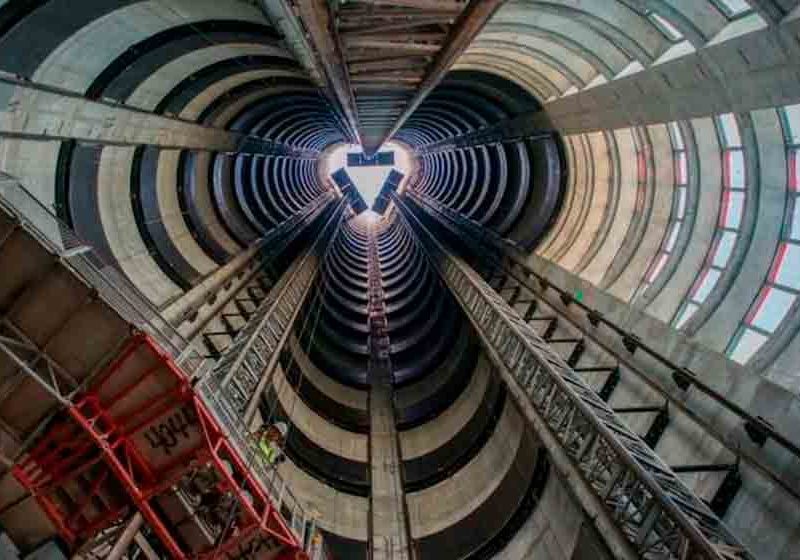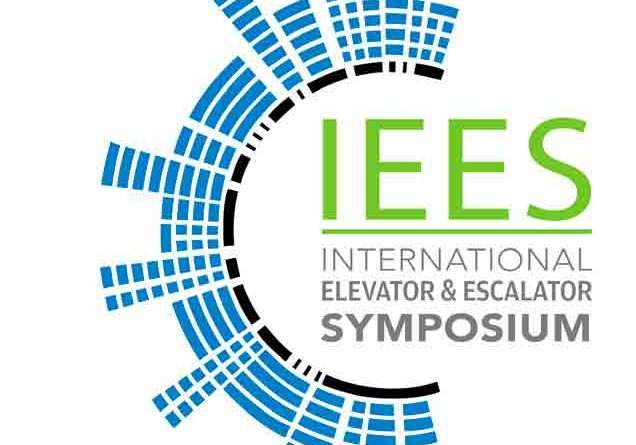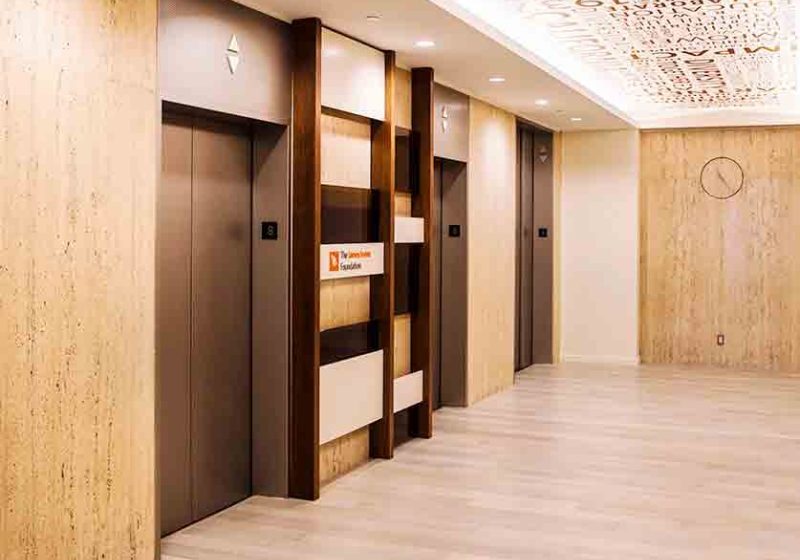Clear Vision for the Future
Jun 1, 2018

In this Industry Dialogue, SnapCab President Corinna Mossberg talks about how the company, is evolving with Corning® Gorilla® Glass.
After a 25-year career with Otis, Corinna Mossberg (CM) was named president of SnapCab, headquartered in Warrington, Pennsylvania, near Philadelphia, earlier this year, to support SnapCab CEO Glenn Bostock in bringing his company’s patented, interlocking panels — including those outfitted with Corning® Gorilla® Glass — to new applications and markets. The panels are used in elevator-cab and other interiors. Holding master’s degrees in Management and Mechanical Engineering from the Massachusetts Institute of Technology, Mossberg began her career with automotive supplier UT Automotive in Dearborn, Michigan, as a product launch and support manager. In this role, she managed large groups of engineers and lab technicians to take automotive products from R&D to market. Later, as an independent consultant, Mossberg was involved with the introduction of a dialysis machine for a major healthcare company, including getting U.S. Food and Drug Administration approval. It was then on to Otis, where she held management positions that involved manufacturing, supply-chain and quality management for major vertical-transportation projects throughout North America. She frequently interacted with clients at Otis, so the transition to SnapCab was an easy one. Mossberg took a few minutes to chat with ELEVATOR WORLD about where the company is and where it’s headed.
EW: When EW spoke with SnapCab in 2016, its Corning® Gorilla® Glass panels were manufactured for the U.S. market in a 45,000-sq.-ft. facility in Warrington; there was a Canadian plant in Kingston, Ontario; and sales offices in Arizona and Texas. Has anything changed since?
CM: We have added sales teams in California, Tennessee and New York, and are in the process of acquiring a space adjacent to our Warrington facility that will allow us to expand by 11,000 sq. ft. We aim to have that process completed in July. Employment is more than 80 in Warrington and is about 25 in Canada. This is due to both the increase in the elevator market and new architectural markets we’re entering. Under the leadership of our CEO, we continue to develop new and innovative products like the SnapCab Pod and SnapCab Portal.
EW: Where and how is SnapCab growing?
CM: We’re going into new architectural markets outside of the elevator cab, such as conference rooms, hallways, lobbies and coworking space. Geographically, New York City (NYC) is seeing tremendous growth. We are strongest in states where elevator codes are most stringent, such as California and Nevada. Growth in these states is attributed to our fire-rated elevator interiors, which are tested in end-use configuration.
EW: Media walls, antimicrobial/anti-glare finishes and interactive displays were emerging a few years ago in Corning Gorilla Glass. Have these sorts of panels come to fruition? Which other trends are you seeing in how customers are incorporating the material?
CM: Antimicrobial and anti-glare panels are available but only for small electronics. The growth in that segment is contingent on successfully working with manufacturers to develop bigger sizes. Once that happens, the panels will be used in a greater variety of projects. We’ve come a long way in terms of finding expanding applications for the glass panels and are very optimistic about the future. The anti-glare finish is now a standard option and is utilized often.
EW: What is an example of a recent elevator cab job that incorporated Gorilla Glass in a remarkable and innovative way?
CM: Because I’m relatively new here, I’ve visited some customers, I see a lot of installations. I was tickled pink recently when I saw a freight elevator in NYC that had incorporated our Corning Gorilla Glass panels in a very striking way. Typically, freight elevators are boring or look a little beat up, but when the elevator door opened in this particular building, you see a gorgeous portrait of a very attractive woman. It totally changes the feel of the freight elevator, which is located right off the lobby of this facility. I thought it was a creative way to add aesthetics to a functioning freight elevator, treating it more like a passenger unit. It is so nicely decorated, it gives you an entirely different feel.
EW: What do you believe sets SnapCab panels apart from its competitors?
CM: Design. It’s a patented, interconnected system of efficiency that results in time and labor savings for clients. Instead of dragging on for days, these panels snap together very quickly in a repeatable system. We have a Lean manufacturing system at our facilities that supports the design and makes the panels easy to install and service. It’s easy to do business with us, and clients like that.
EW: Which new models will SnapCab be launching at the National Association of Elevator Contractors convention in September?
CM: I prefer not to talk about specifics, but Corning Gorilla Glass will be a key differentiator. People will have to be surprised!
Get more of Elevator World. Sign up for our free e-newsletter.








